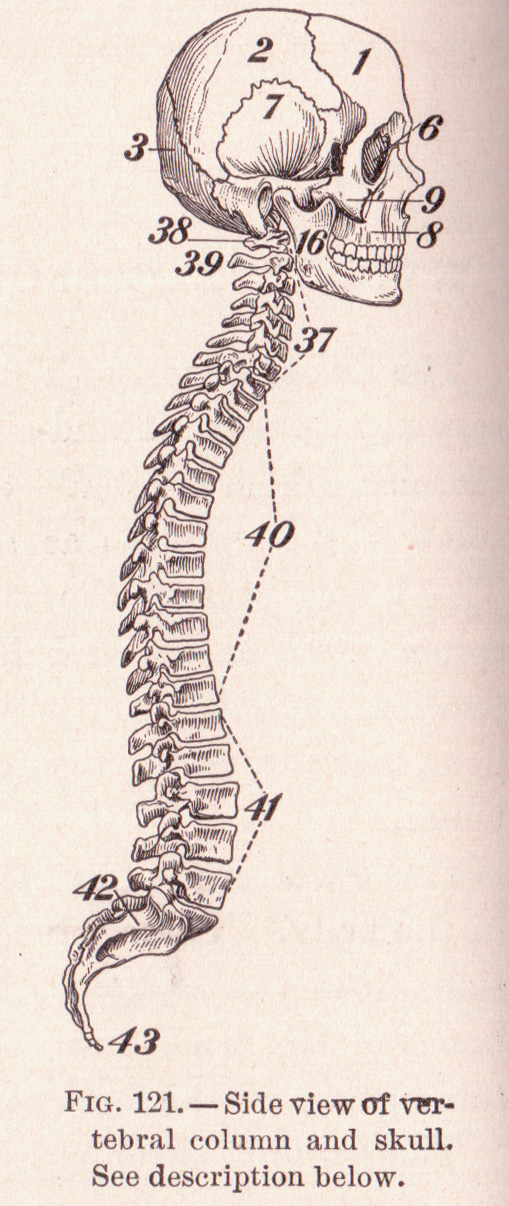InVivo to use 3D Printers to Build Spinal Scaffolds
Latest News
September 3, 2012
Science! So many diseases, ailments and conditions have been conquered through science I’d have to dedicate an entire blog to discussing them. Clever doctors find a way to use each new technological breakthrough to help their patients and improve our quality of life. 3D printing is hardly an exception to this.
Rapid Ready has covered a fair number of medical and dental related uses for additive manufacturing (AM) and the field grows on an almost daily basis. Many of the solutions offered by AM would either be impossible or improbably expensive with traditional manufacturing methods.
Spinal injuries have long been difficult to treat and recover from. A company named InVivo is looking to use 3D printers to create spinal scaffolding to support a damaged spinal cord to keep tissue from scarring following a serious spinal cord injury. Each piece of plastic scaffolding must be individually tailored for the patient, which is one reason the company was drawn to AM.
Each piece of the porous biopolymer scaffold is built from polylactic-co-glycolic acid (PLGA) and polylysine, which have been approved by the FDA for use in humans. The scaffolding is designed to be absorbed by the body without requiring a procedure to remove it, thus avoiding any number of possible risks involved with spinal surgery.
“Our technology is a true platform that can be leveraged to create many products, including treatments for peripheral nerve injury and other conditions. We’re currently under review at FDA for our first spinal cord injury treatment, and we look forward to receiving approval to begin those human studies,” said Frank Reynolds, InVivo CEO.
Assuming the company’s research proves the treatment is viable, InVivo plans to up to 46 3D printers to create the scaffolding. Animal testing has produced positive results and the company hopes to begin human testing next year. The U.S. sees as many as 12,000 new cases of spinal cord injury each year, and around 1,275,000 people are currently living with paralysis due to spinal cord injuries.
The cost for treatment won’t be cheap. InVivo expects each unit to cost between $60,000 and $100,000 with total expenses for treatment to regain as much functionality as possible totaling up to nearly $1 million for the first year. The total market projection for treatment is estimated at over $10 billion.
Below you’ll find a short video that talks about the treatment being developed by InVivo.
Sources: InVivo, Plastic Today
Subscribe to our FREE magazine, FREE email newsletters or both!
Latest News
About the Author
John NewmanJohn Newman is a Digital Engineering contributor who focuses on 3D printing. Contact him via [email protected] and read his posts on Rapid Ready Technology.
Follow DE






